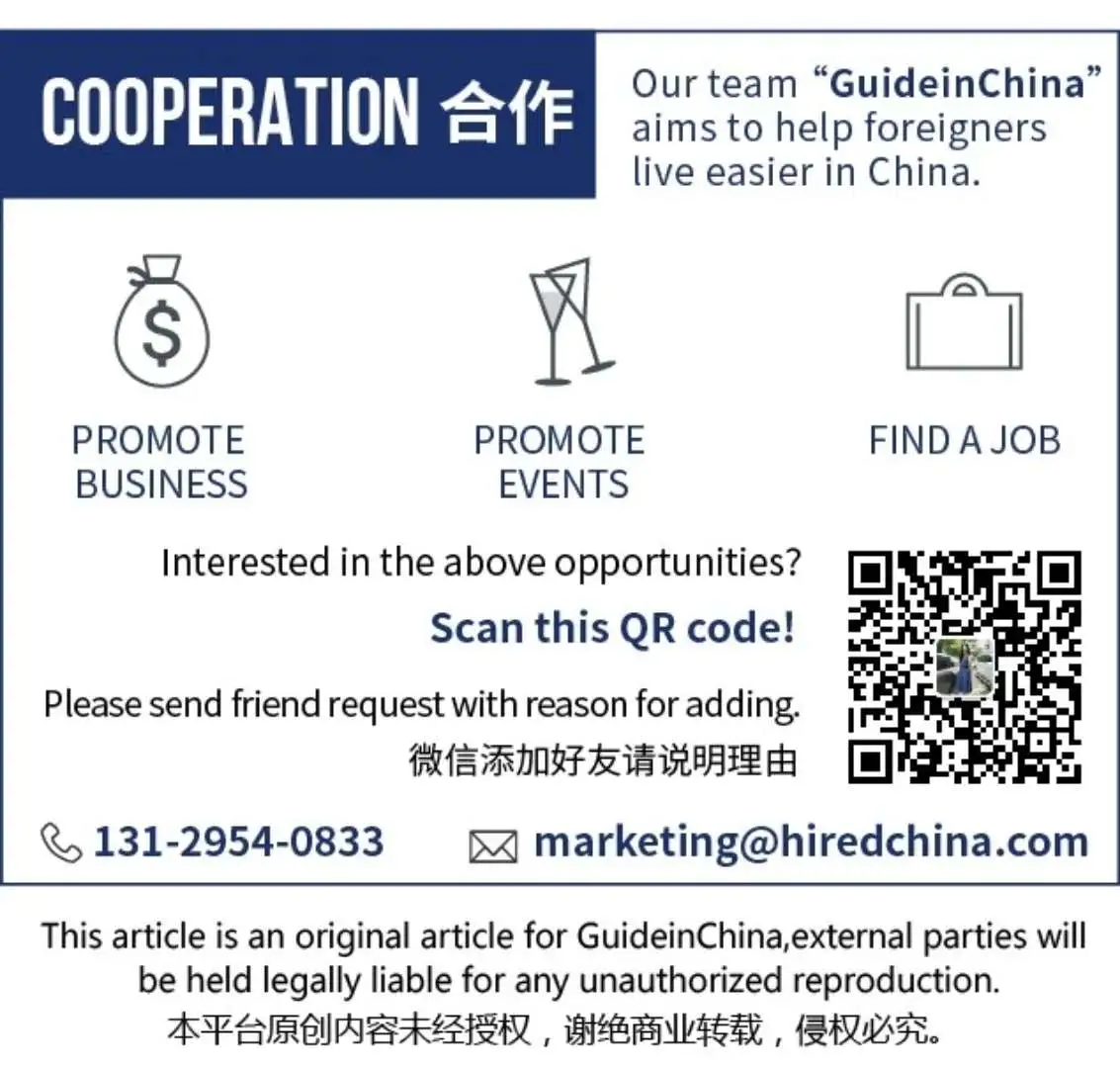The recent sharp depreciation of the Renminbi has ignited fears that Beijing is resorting to currency devaluation to fend off an escalating trade war with the United States. The Renminbi has continued to devaluate in the past 6 months and the topic about
The recent sharp depreciation of the Renminbi has ignited fears that Beijing is resorting to currency devaluation to fend off an escalating trade war with the United States.
The Renminbi has continued to devaluate in the past 6 months and the topic about the exchange rate has sparked a lot of debates online. After a quick look, one of these pictures caught my attention
It was saying
Further explanation is listed below:
Someone asked why China’s wages are high but prices are also high. Some people asked why the price of the United States is not so high. Why? Why? I can only say that this exchange rate on the US dollar to the RMB may answer your question.
The International Monetary Fund generally divides currencies into three levels:
M0 = Cash calculating outside the banking system
M1 = M0+ current deposits (including postal remittance system or private demand deposits accepted by the state treasury)
M2 = M1+ saving deposits + fixed time deposits + government bonds (including treasury bills)
United States
GDP = 19.36 trillion US dollars
M2 (M stands for currency, M2 for real and potential purchasing power) = 13.92 trillion USD
M2/GDP: 13.92/19.36, namely, 0.719 trillion US dollars
According to US standards, China should issue M2:
12.24×0.719=8.8 trillion US dollars
The actual issuance is RMB 173.99 trillion, if it is equivalent to 8.8 trillion US dollars, then it’s
173.99/8.8=19.77
That is, 1 US dollar = 19.77 Yuan
Someone is going to be curious. Isn’t it the official exchange rate of the US dollar to the RMB not more than 6 Yuan? How did it become 19.77 Yuan when you calculate like this?
Don’t be panic. This is based on the US M2 currency total compared with GDP. According to the algorithm of this formula, the exchange rate of the US dollar to the RMB should be 19.77 Yuan.
Actually, the exchange rate of the US dollar to the RMB has been overestimated. If there is no government control, the real exchange rate of the US dollar to the RMB is about 1:20.
Take the car as an example. The price of Chevrolet Camaro is about 9.99 million in China. In North America, its starting price is only about 180,000 RMB, and it also has the model of the iconic V8 engine. The price differs a lot and even the latter also matches the classic model. Don’t you feel angry?
Let’s take a look at another example. The Lenovo ThinkPad X240 is priced at US$768 in the US which equals to 5,300 Yuan. The same model and similar products sold cost more than 1,000 Yuan in China.
The price that is closely related to the lives of ordinary people is the real purchasing power. For example, $1, it can buy a spatula, a pair of gloves, etc. in the United States. The United States even has supermarkets such as “Dollar Tree” and “99 cents only”. As the name suggests, one dollar and 99 cents can buy a lot of everyday items there.
In China? Sorry, there are very few daily necessities and industrial products at the same price. You have to spend 20 times of this price if you want to get them. Isn’t this the same as the one dollar equals 19.77 Yuan?
In terms of people’s livelihood consumption, things that Chinese residents buy with 600 Yuan differ a lot from that of American residents with 100 dollars. Under the same circumstances, American residents can buy at least twice as many items as Chinese residents. No wonder the life of the residents in the United States is so leisure because the actual cost of purchasing power is so high and the speed of saving money is faster than that of Chinese residents.
Well, how do you think of this story on exchange rate?






